 The morning light on Jean's kitchen counter bathes tomatoes, rescued from Austin's first frost. The complementary red-orange and yellow green, ripe and unripe tomatoes, glow - enveloped in the striking reflection cast on Jean's marble countertop by a stained glass window. I recall stained glass windows in another post, and those of the churches of my childhood. The interplay of light and color is classic inspiration to artists and spiritual practitioners alike.
The morning light on Jean's kitchen counter bathes tomatoes, rescued from Austin's first frost. The complementary red-orange and yellow green, ripe and unripe tomatoes, glow - enveloped in the striking reflection cast on Jean's marble countertop by a stained glass window. I recall stained glass windows in another post, and those of the churches of my childhood. The interplay of light and color is classic inspiration to artists and spiritual practitioners alike.The simple setting - lowly tomatoes and colorful window - are my visual prayer. A reminder that each day provides opportunities for quiet appreciation and thanks. This moment is sacred.
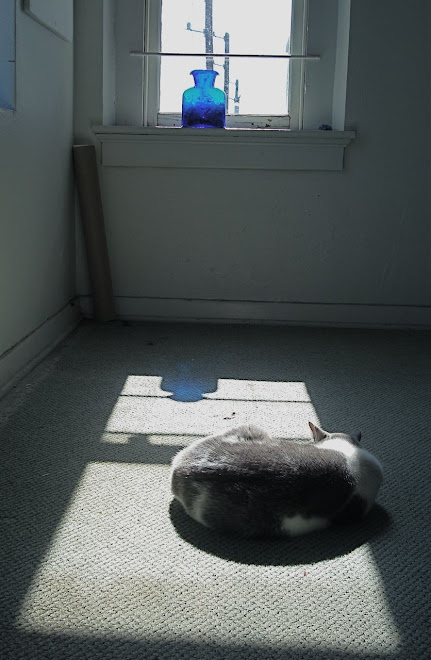
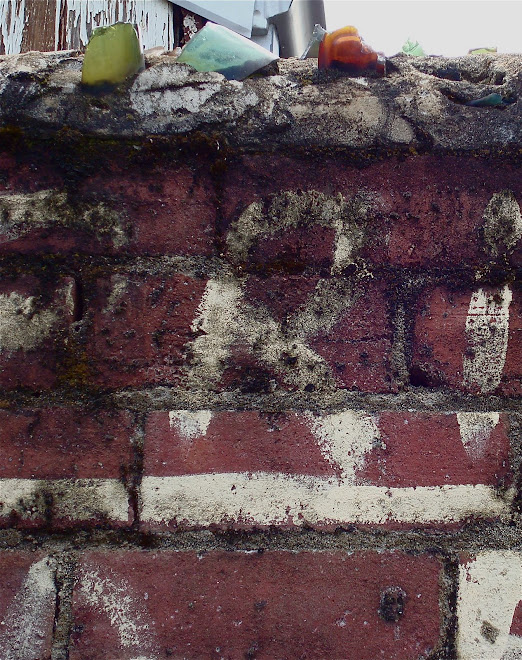
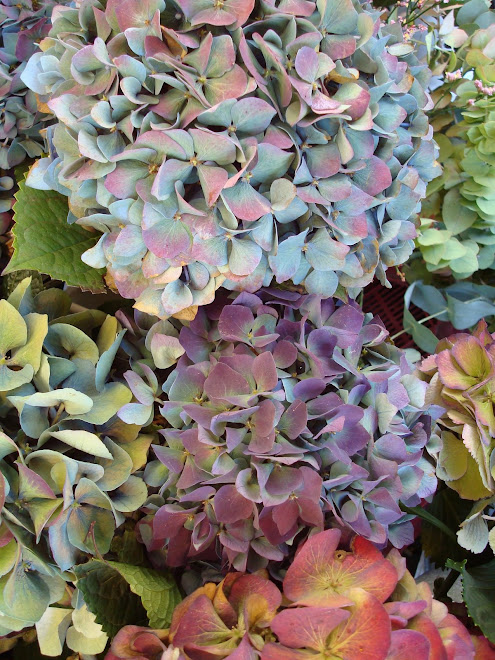
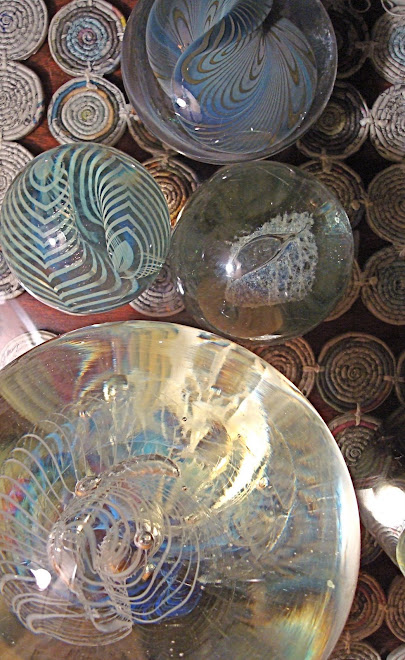
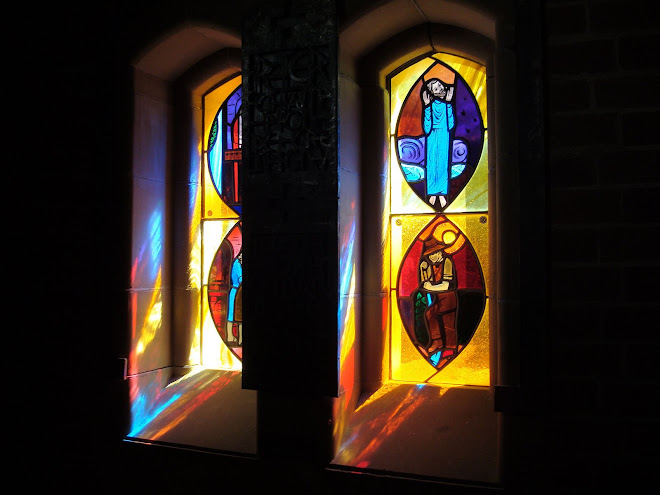







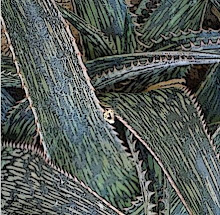
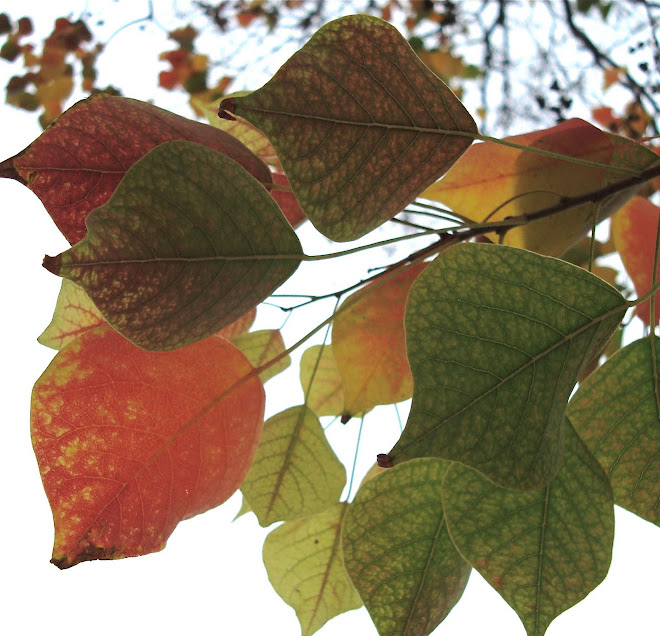
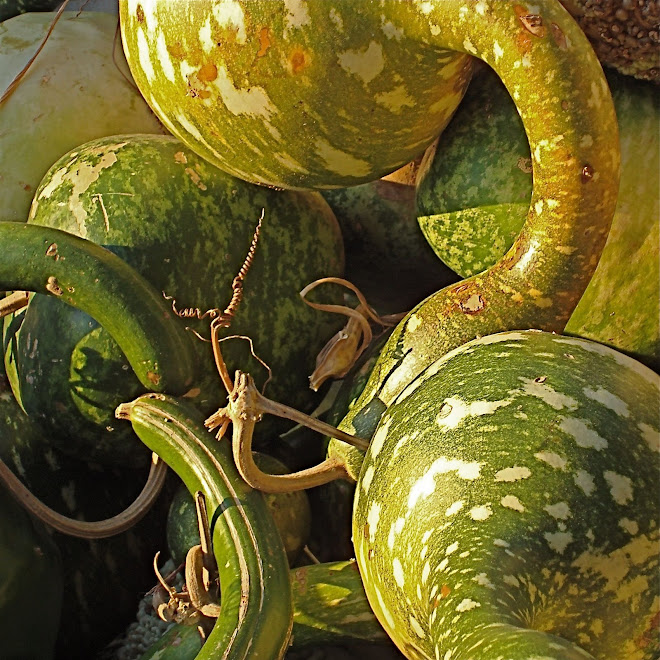
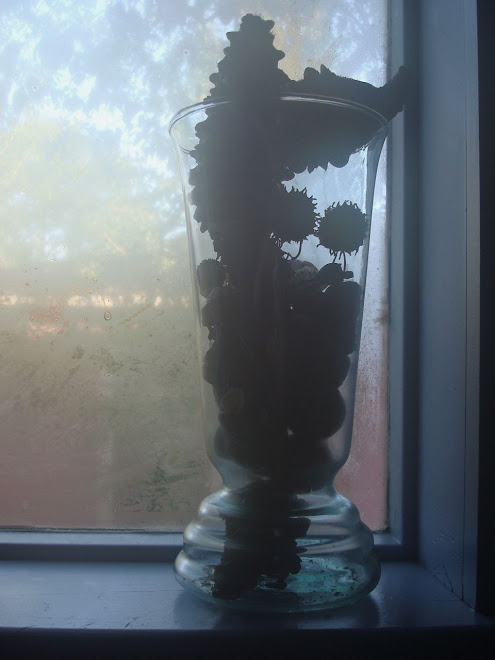
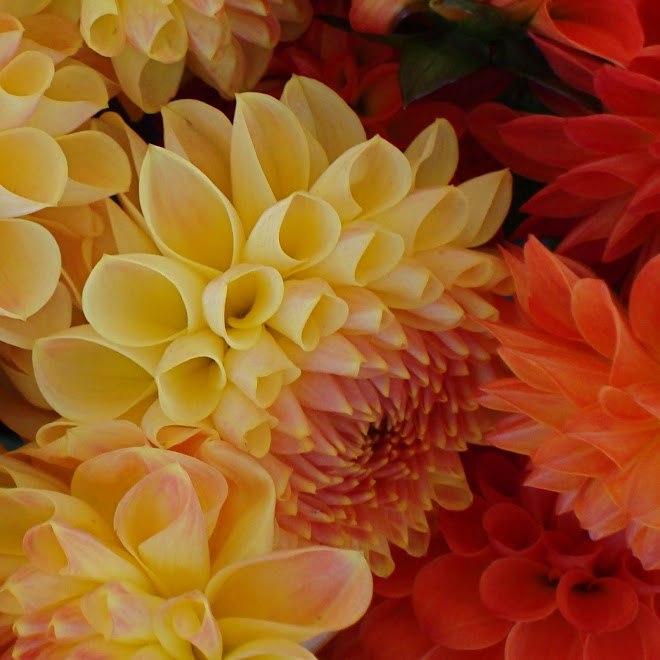
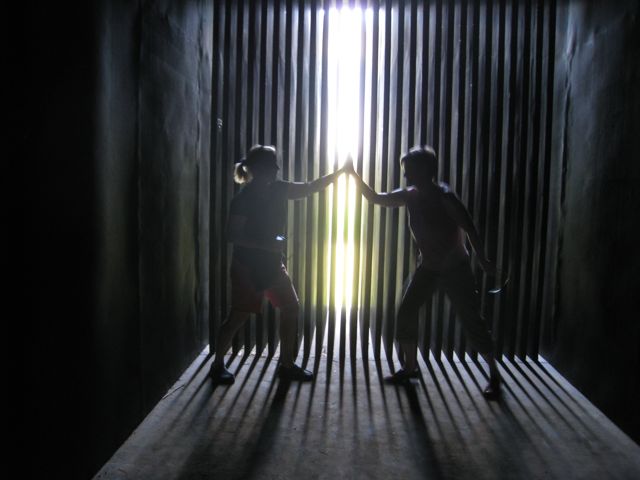
2 comments:
Jane,
I am glad you are back in the land of the living :-]]]]]]]]]]].
for me this beautiful photo is contemplation (of the previous rich season) ---- and promise (held fast in the leadlight colours) for another fruitful season -- even if one is a bit sad to see winter coming.
Fay
I love the way my eyes were initially drawn to the red orange tomatoes and then they popped up to the red orange stained glass, and then my brain said, "Oh wait, look at that reflection in the marble". The wonderfully wavy glass adds even more to this picture. Yup, then I began thinking about churches, spirituality, and then the harvest, the (for me) sadness of another year gone by, but then the eager anticipation of a new year to come. What a powerful picture!
Post a Comment